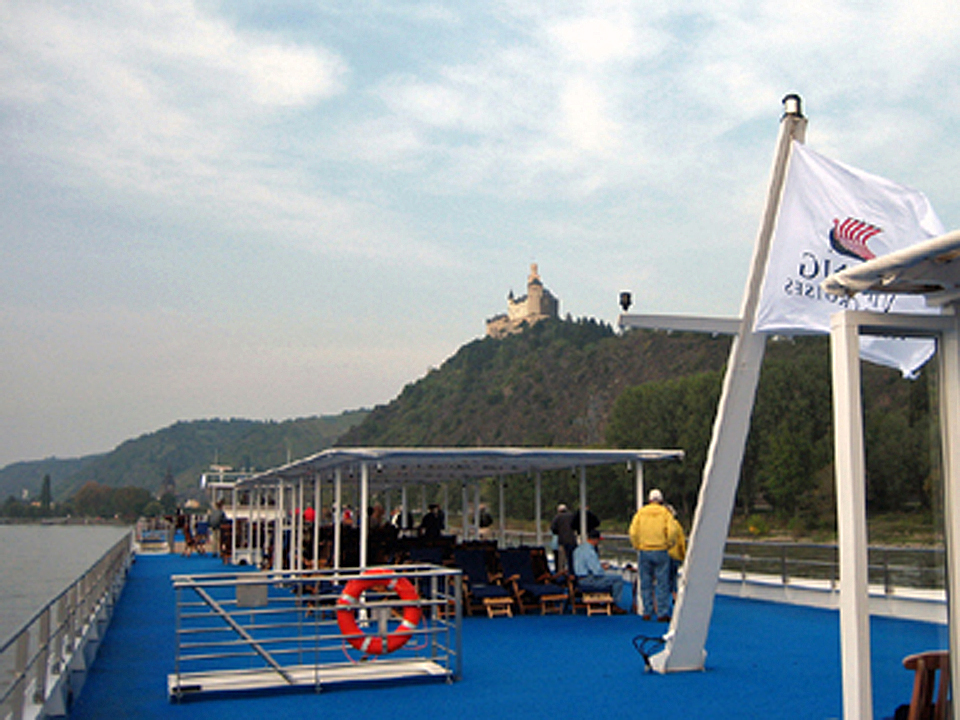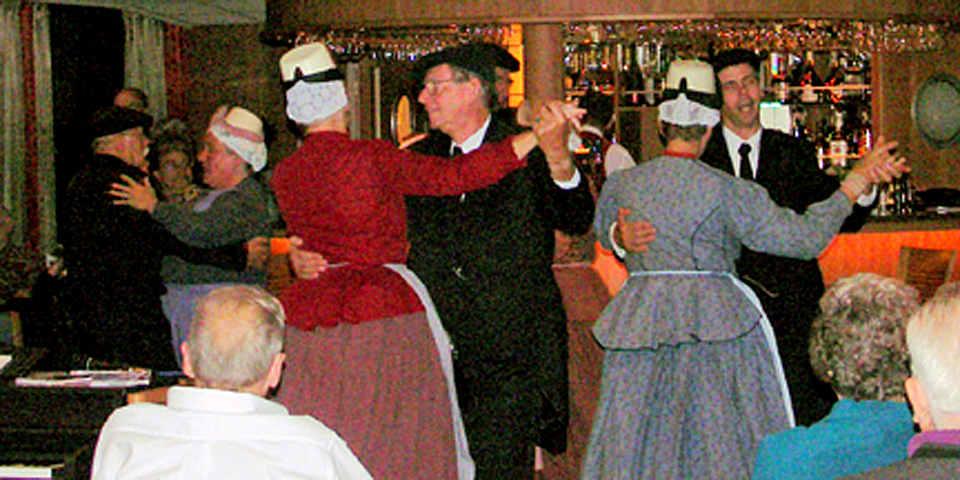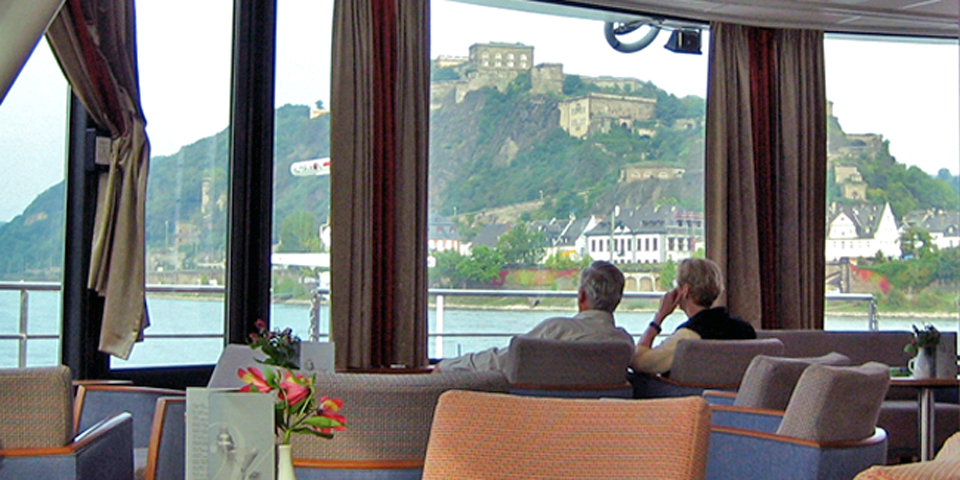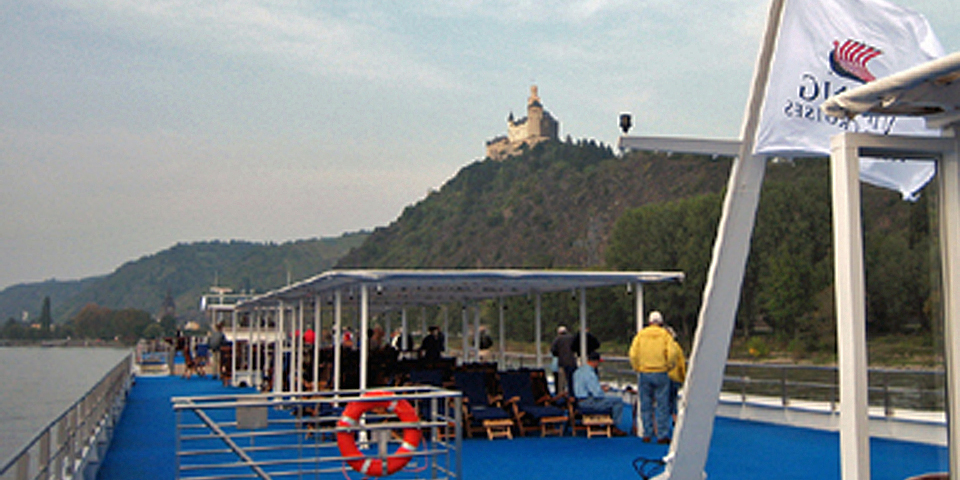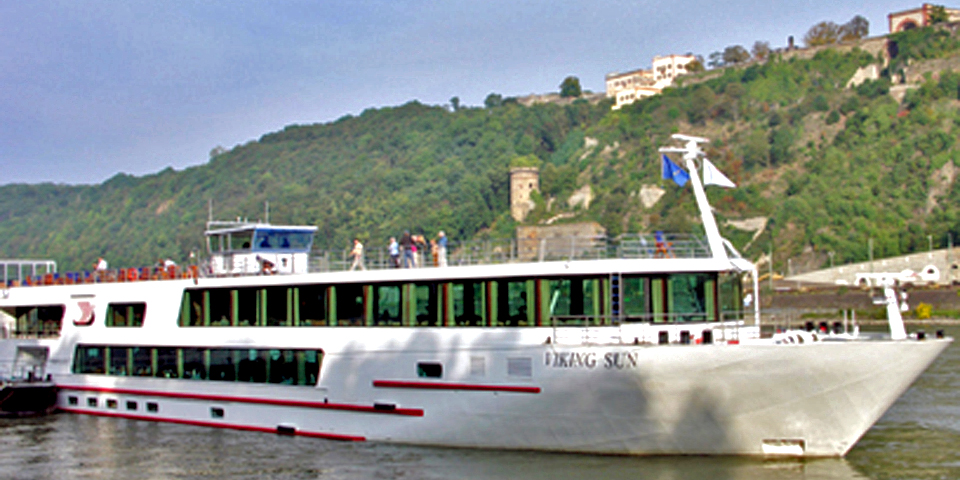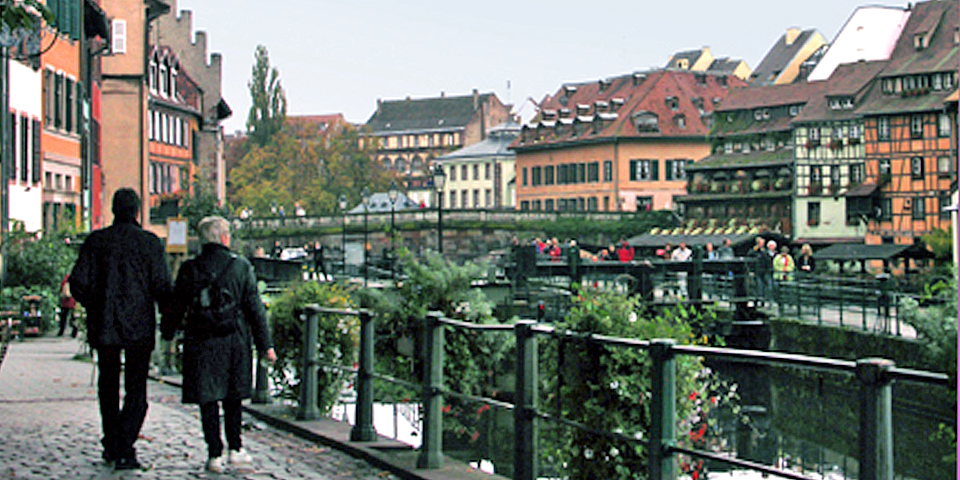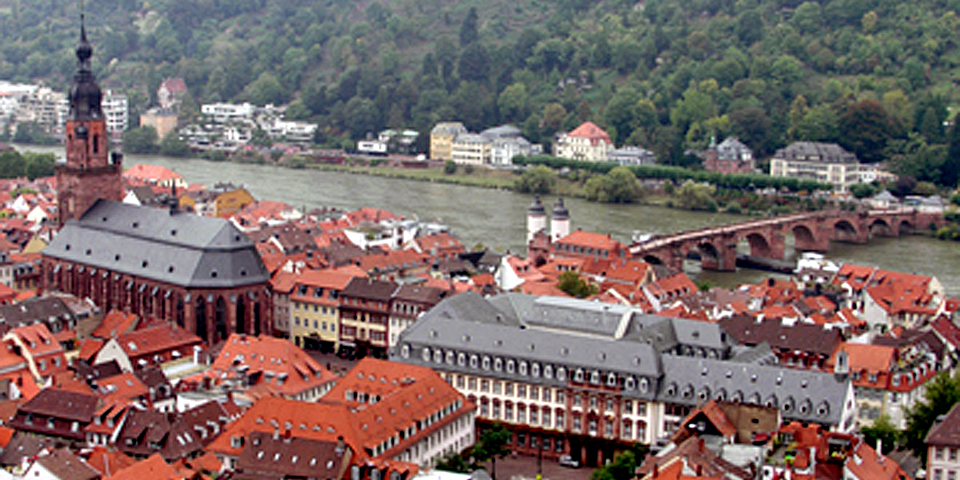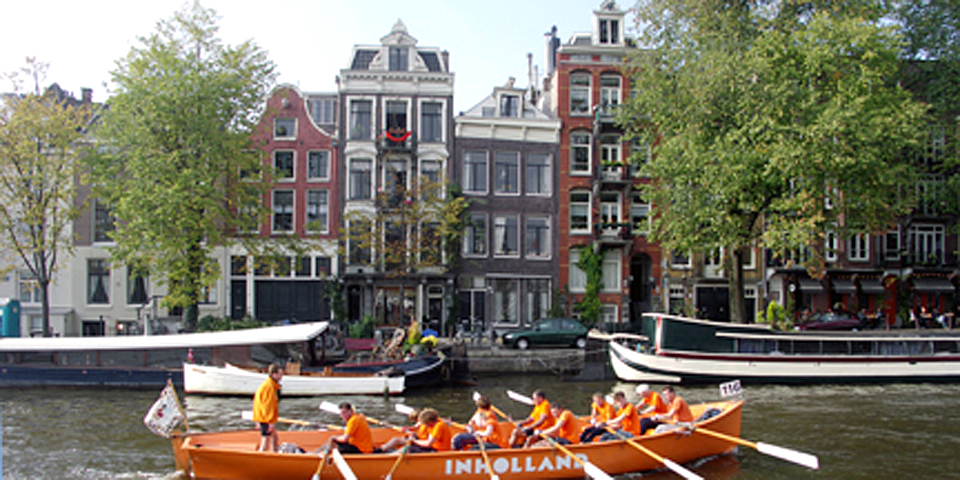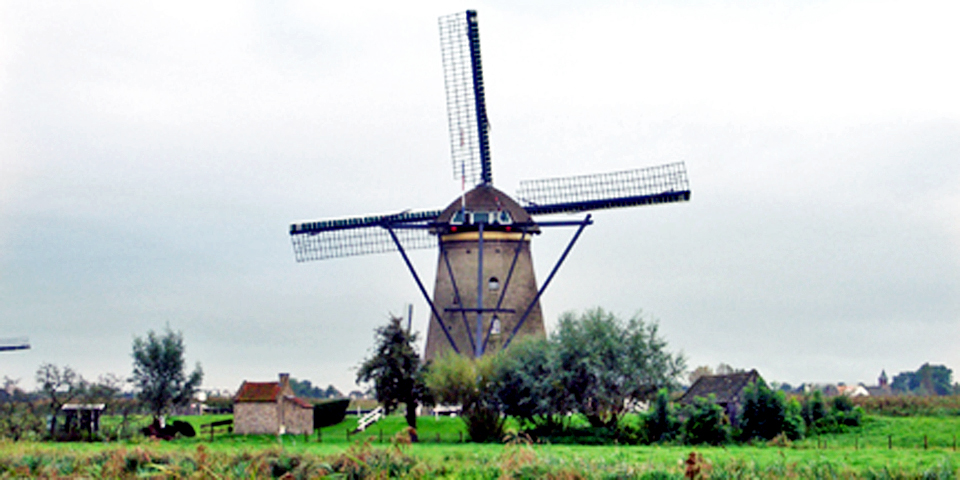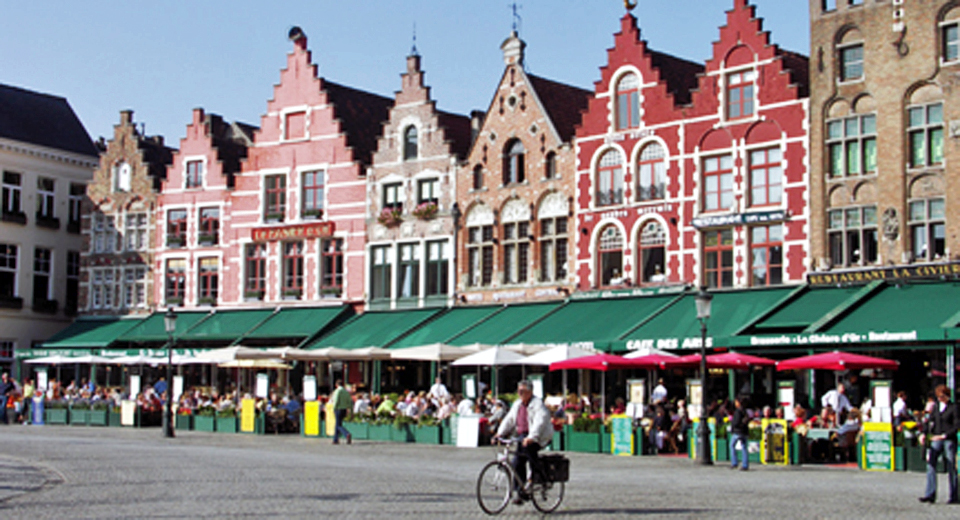Treasures of the Rhine
There are few more pleasurable ways to explore our world than by its rivers, and the most leisurely way is from the comfort of a floating hotel. Our choice was Viking River Cruises’ Viking Sun.
Rivers must have been the guides which conducted the footsteps of the first travelers. They are the constant lure… to distant enterprise and adventure… Henry David Thoreau
The mood of this well-appointed ship is relaxed and casual, ideal for the destination-oriented traveler, not for those seeking formal nights, casinos, or Las Vegas style extravaganzas. Entertainment is authentic and local, like Dutch dancers and French chansons, or live after dinner music. Chefs specialize in the cuisine of the area and offer cooking demonstrations and theme dinners.
On our “Treasures of the Rhine” itinerary, we unpacked once and sailed past enchanting fairytale castles, romantic medieval villages, verdant vineyards, and pastoral landscapes–living history from Switzerland to the North Sea. By day, the ever-changing scenery was captivating. By night, it took on an unfathomable quality:
It was a kind of solemn, drifting down the big still river, laying on our backs looking up at the stars, and we didn’t even feel like talking … Mark Twain
Some mornings, we’d awaken early, sip coffee on the sundeck or in the lounge, watch the sun rise and the river come alive with freight barges, passenger ships, tankers, and leisure craft. We were immersed in the pulse of this commercial and recreational international highway.
We’d meet with fellow travelers to enjoy the breakfast buffet or made-to-order selections. Then it was time to step ashore and meet our local tour guides for an informative walking tour or motorcoach ride to more distant places that shouldn’t be missed. After this orientation, we were on our own to explore.
Our cruise began in Basel, the cultural heart of Switzerland, a university city known for its festivals, museums, and wide-ranging performing and visual arts. Marktplatz, site of the magnificent Burgundian-Gothic Town Hall, was abuzz with shoppers, and vendors. Tiny shops lined the winding narrow lanes of the former craftsmen’s district, medieval and baroque areas rich in Celtic and Roman past. From here, where the Swiss, German, and French borders meet, we spent twelve days gliding along the Rhine, experiencing some of the best of Europe.
The next day, a private motorcoach took us past vineyards, meadows and mountains, along roadways with names like Panorama and Clock. We were in Germany’s Black Forest, land of renowned woodcarvers, and headed for a cuckoo clock demonstration. In this enchanted land, milk becomes yogurt or cheese and fruits are transformed into schnapps.
Across the river in France, Strasbourg is the multicultural capital and largest city of the Alsatian region of France, home of the European Council, the Commission on Human Rights, and seat of the European Parliament. One of richest cities in medieval Europe, and most glamorous of German empire, its architecture stands as reminders of the historical and political changes through the centuries.
In Petite France, the well-preserved medieval core, with traditional Alsatian half-timbered homes from the 15th and 16th centuries, aromas lure passers-by to patisseries for confections like kougelhopf, a traditional cake. We dined on the renowned regional cuisine—tarte flambée (onion tart), baeckoffe (stew), choucroute (sauerkraut), beer, and wine in a cozy half-timbered winstub overlooking boats in a tiny lock. There was ample time to see the magnificent astronomical clock come alive with an automated depiction of life and death in the spired Gothic Cathedral of Notre Dame and visit the charming Alsatian Museum, both on our “must-see” list.
We were docked by the Europe Bridge, connecting French Strasbourg with German Kehl. Families picnicked on the benches of this pedestrian link between two cultures, symbolic of the unity of Europe.
Germany’s largest Romanesque Imperial Cathedral (1030A.D.) is within the 13th century walls of Speyer. We descended the steps of a mikvah, or ritual bathhouse, surrounded by ruins and were reminded of the tragic past of this former center of Jewish culture.
The impressive ruins of Heidelberg’s red sandstone Renaissance castle, draws tourists from around the world, and was the setting for The Student Prince. It looms high over the well preserved city center, picturesque city gate, and Germany’s oldest university, with a much-visited student jail.
Amidst vineyards surrounding the confluence of Rhine and Moselle, we came to Rudesheim, known for Drosselgasse, the pedestrian wine alley of taverns for sampling local specialties and enjoying live music and dancing. Siegfried’s Mechanical Music Museum has one of the world’s most entertaining collections of unusual self-playing musical instruments
.
We sailed along this beautiful stretch of the Rhine past the treacherous currents where the siren Lorelei lured sailors to their death with her song. The landscape is dotted with castles, many used by robber barons who extracted tolls from all who passed by.
The soaring spires of Europe’s largest Gothic cathedral are in medieval Europe’s largest city, Cologne. They stand as triumphant symbols in a city ravaged by World War II. Inside, the resplendent gold Shrine of the Magi made this as important a pilgrimage site as Jerusalem or Rome. We strolled the modern pedestrian shopping streets, sampled Cologne’s Kölsh, brewed since the Middle Ages, munched bratwurst, and visited the Chocolate Museum for some delectable fun.
It is said that God created the world, but the Dutch created the Netherlands.
Arnhem, site of one of fiercest battles of World War II, memorialized in the movie A Bridge Too Far, is now a city of parks and gardens popular with retirees. Our excursion was to the Palais Het Loo, hunting and summer residence of William and Mary Stuart, who in 1689 became King and Queen of England. Queen Wilhelmina donated this royal summer home for use as a museum in 1984. Viking offered optional afternoon tours to Netherlands’ Open Air Museum, a village of historic Dutch houses, workshops, and windmills, and to the Kroller Muller Museum, with fine art, sculpture gardens, and a park with bicycles and cycling paths.
Amsterdam, the cosmopolitan capital of the Netherlands, is known for its liberalism and tolerance, canals, and streams of bicycles. A glass-roofed boat ride took us past narrow gabled houses, unique houseboats, innovative modern and elegant historic architecture, and to the Rijksmuseum, home of treasured works by such Dutch and Flemish Masters as Rembrandt, Steen, Hals, Vermeer, Rubens, van Dyck. With the afternoon free, choices abounded– Dam Square and the Royal Palace, the Van Gogh Museum, the Anne Frank House, the Floating Flower Market, antique shops, medieval churches, or the showcase windows of the Red Light District. Refreshment options were as varied as the sights, from Belgian fries served with mayonnaise, raw herring, Heineken beer at the brewery, or marijuana at a “coffee shop”, where, it is said, you can walk in and fly out…
And what better way to top off this exhilarating day than a folkloric dance performance by the Dutch Blokkerder group in the Viking Sun lounge?
We stood in the centuries-old marketplace in Gouda, a shipping port for regional cheese, watching the animated figures of the glockenspiel on the 14th century town hall. Gouda’s specialty is the Stroopwafel, a thin waffle sandwich cookie with sticky caramel filling that originated here. It is also the site of St. Janskerk, largest in the Netherlands. Our evening in the land that exports more cheese than any other was spent sampling a variety of the area’s specialties.
About 900 windmills have been preserved throughout this kingdom, and our afternoon tour took us inside one at Kinder Dijk. Later, we were in Schoonhoven, city of fine silversmiths, and a local craftsman came onboard for to demonstrate his intricate jewelry making.
Delft, birthplace of Dutch Master Vermeer (Girl with the Pearl Earring), is best known for its hand-painted blue and white glazed pottery. After our factory tour, we shopped in the historic pedestrian-only center and visited Nieuwe Kerk, a Royal burial site.
We returned to the ship in time to learn to make Belgian Chocolate Cake, an apt introduction to our next day’s excursion. The Viking Sun lounge came alive that night during the Crew Show’s frolicsome performances.
A motorcoach awaited us the next morning for our grand finale—Bruges, Belgium, one of most beautifully preserved medieval cities in Europe, with architecture that reflects the prosperity its days as a textile center and trading port. Horse drawn carriages clippity-clop along the cobblestoned streets of a city that brings to mind paintings of the Old Masters. Swans glide along in waters with names like Lake of Love. Our included lunch included a tasty traditional beef stew and Belgian waffles. After touring by canal boat, we visited shops selling fine laces, chocolates, and tapestries.
We had journeyed through time along Europe’s medieval highway, strolled village lanes and cobblestone streets, walked hallowed aisles and royal halls of awe-inspiring cathedrals, castles and palaces. Our river cruise had given us front row seats to the contemporary and historic treasures of the Rhine. Best of all, the Viking River Cruises staff had taken care of everything from beginning to end, leaving us refreshed and free to experience the region or simply relax with newfound friends and enjoy the view.
In 2005, Condé Nast named Viking River Cruises the top river cruise line on its Gold List. It is also the #1 river cruise line of Travel and Leisure Magazine’s “Top Ten Small Ship Cruise Lines”.

